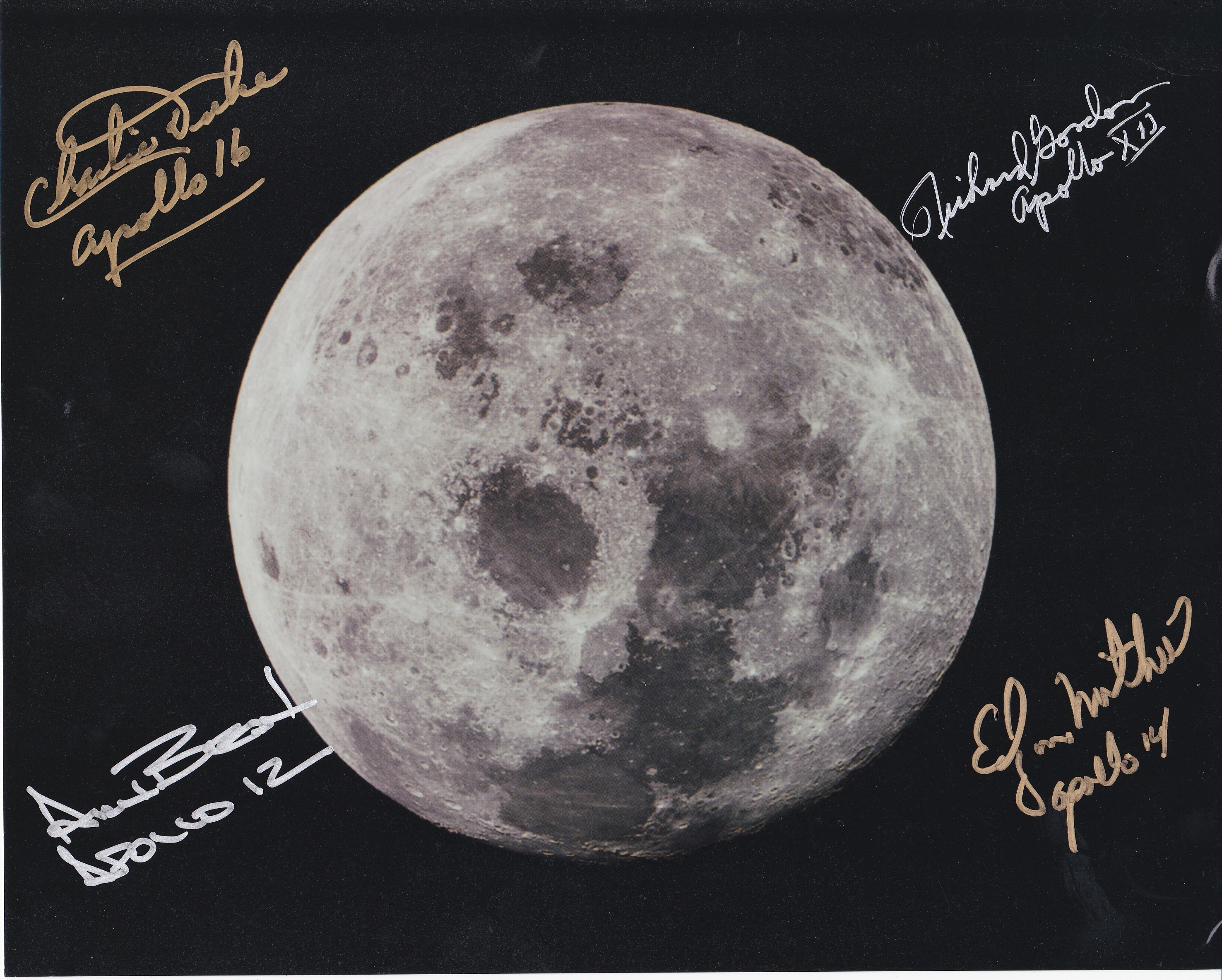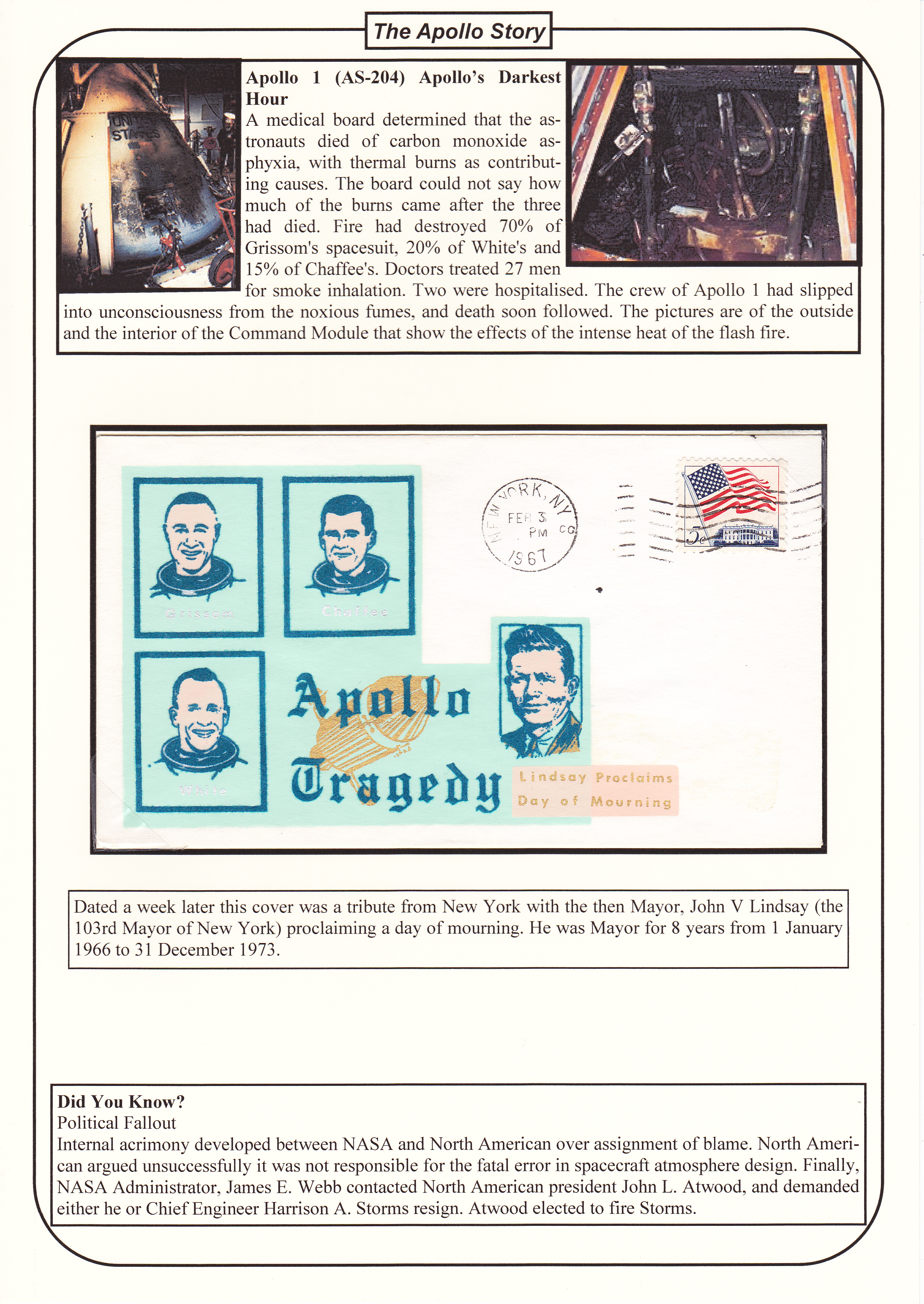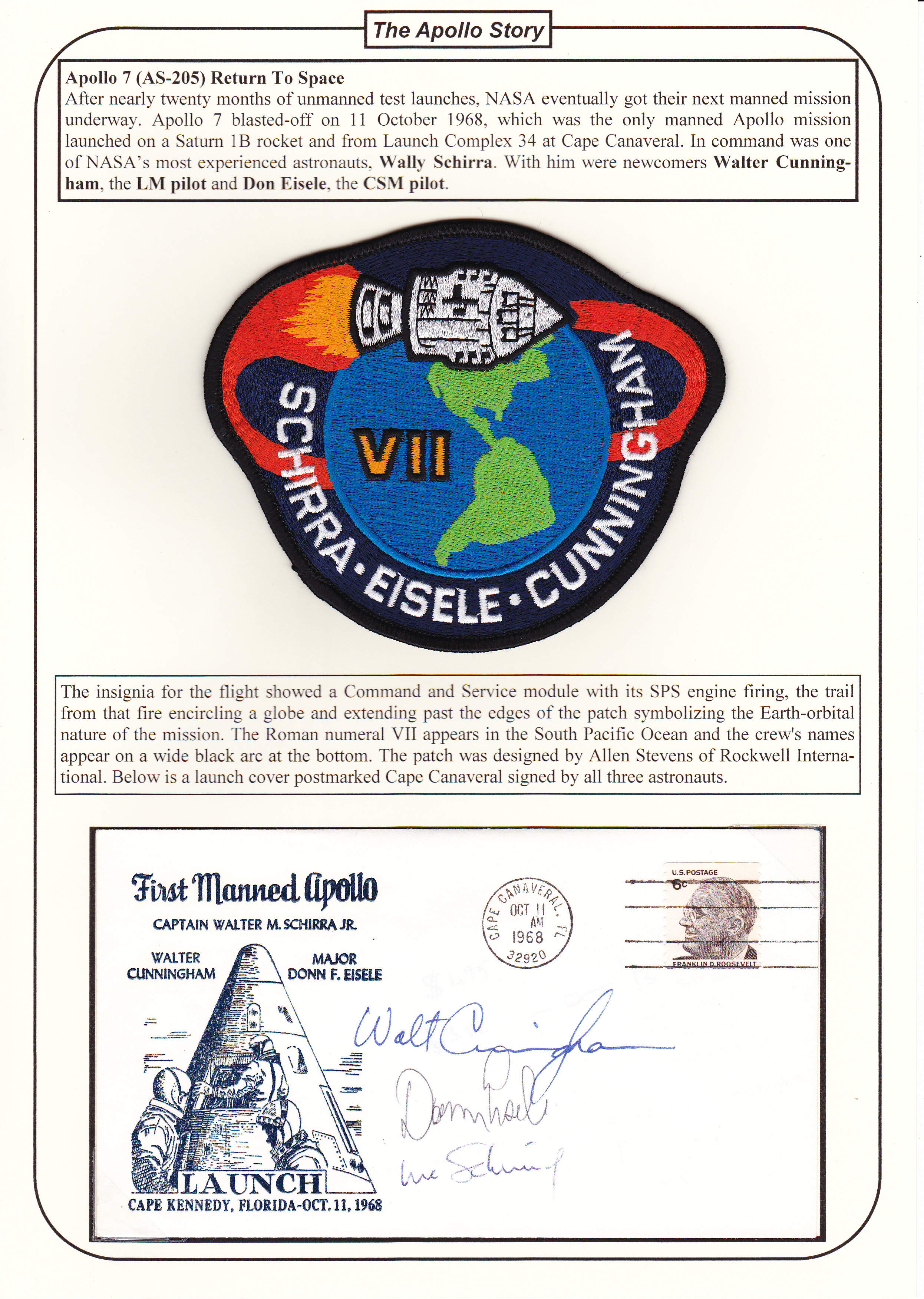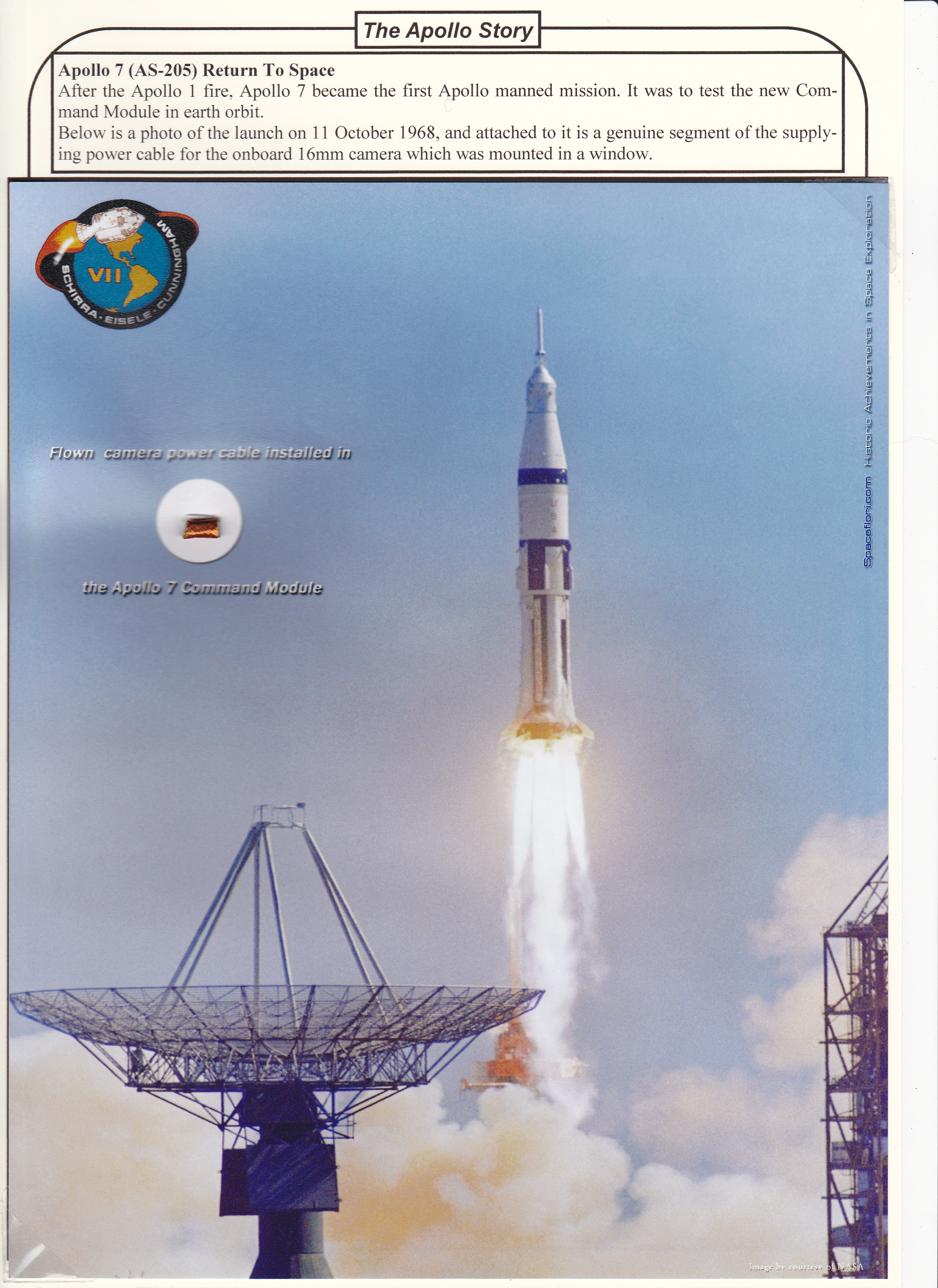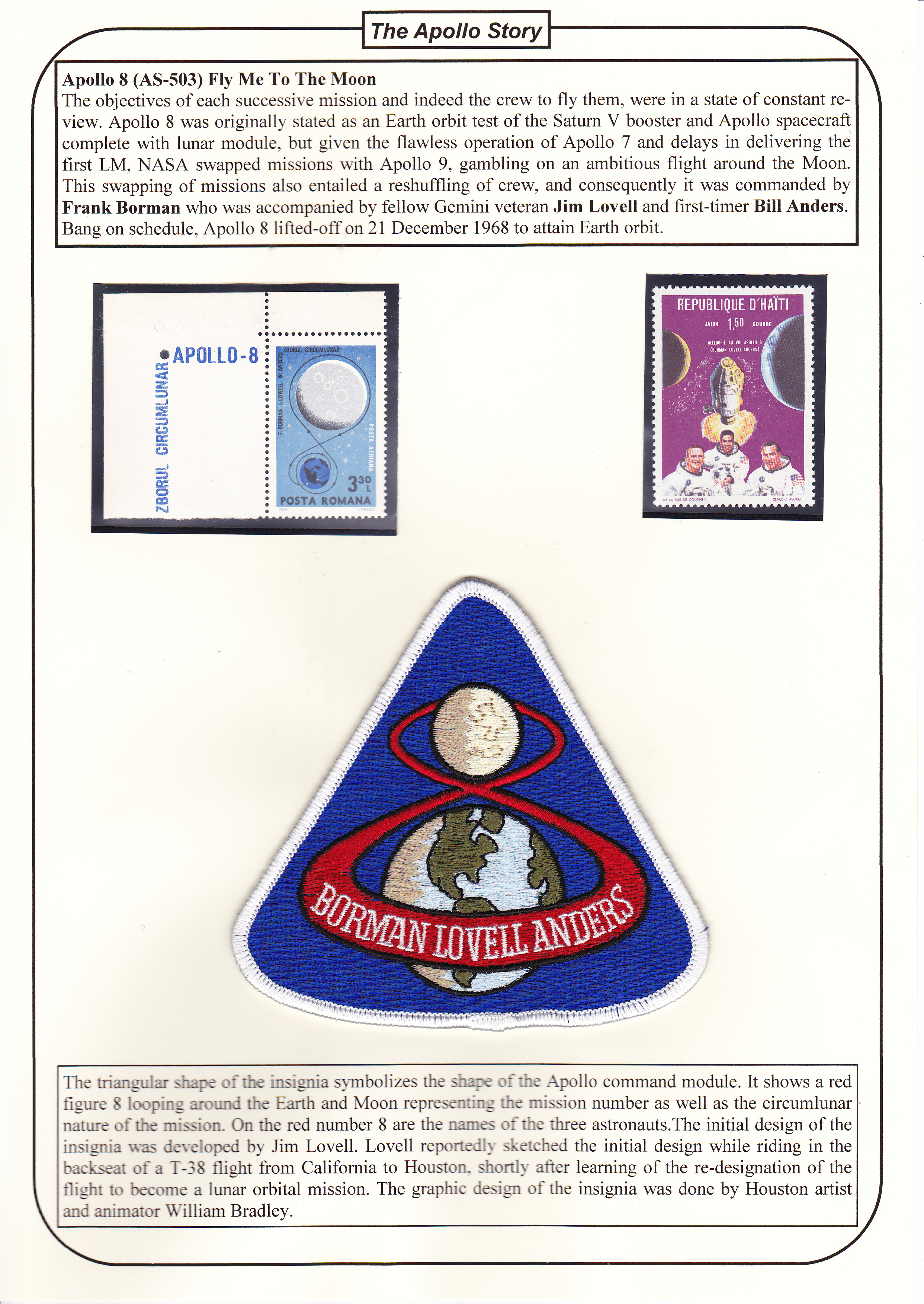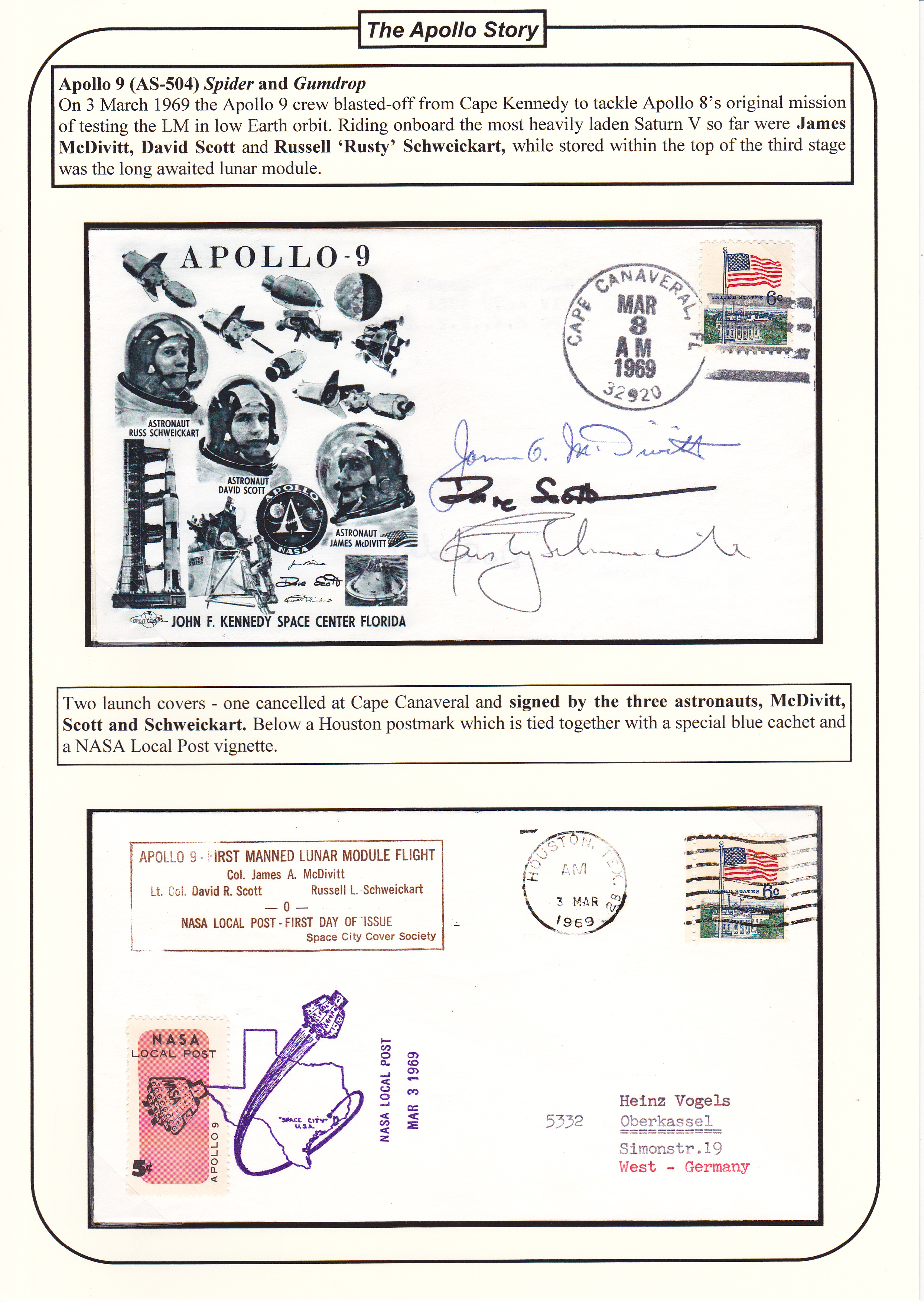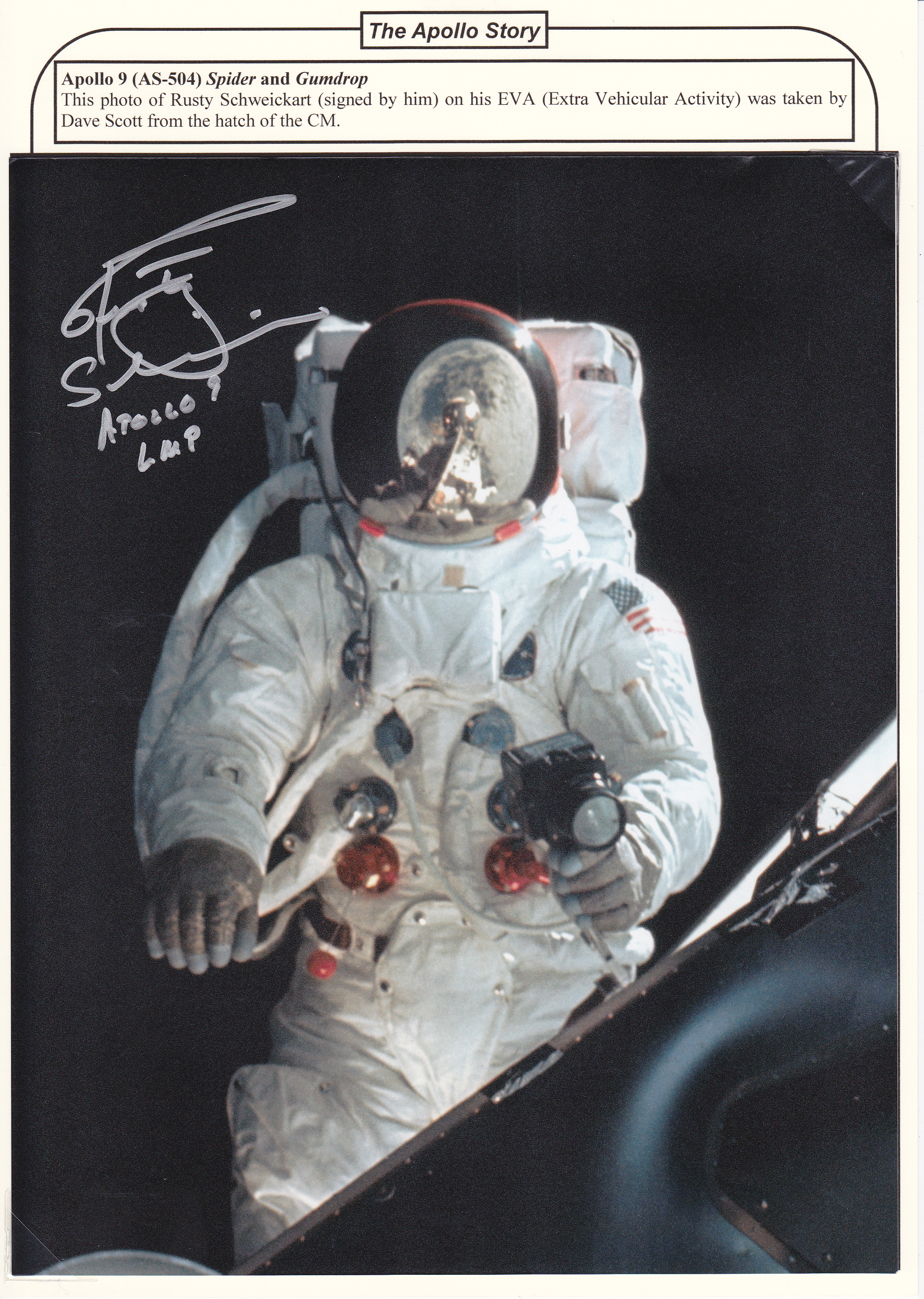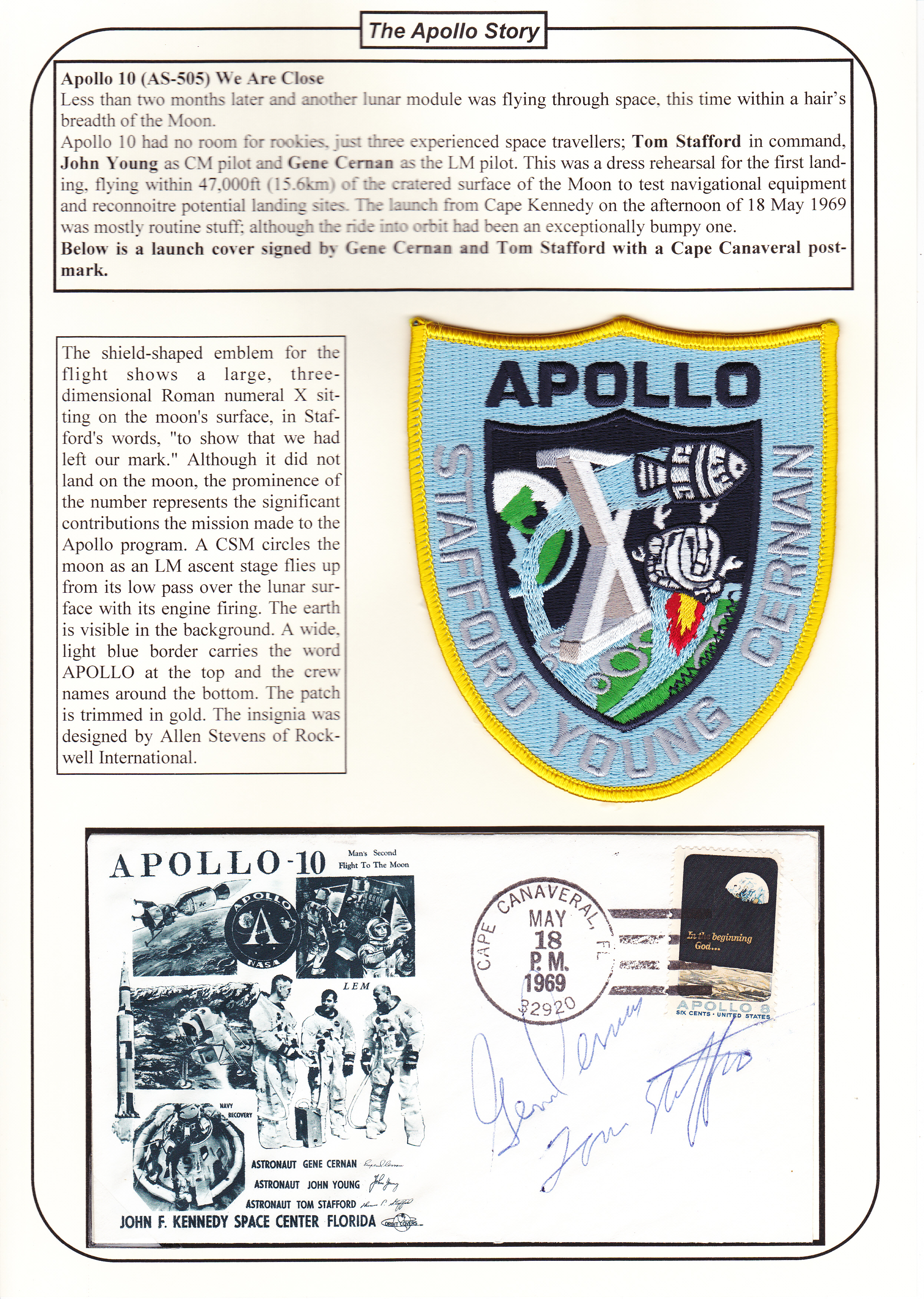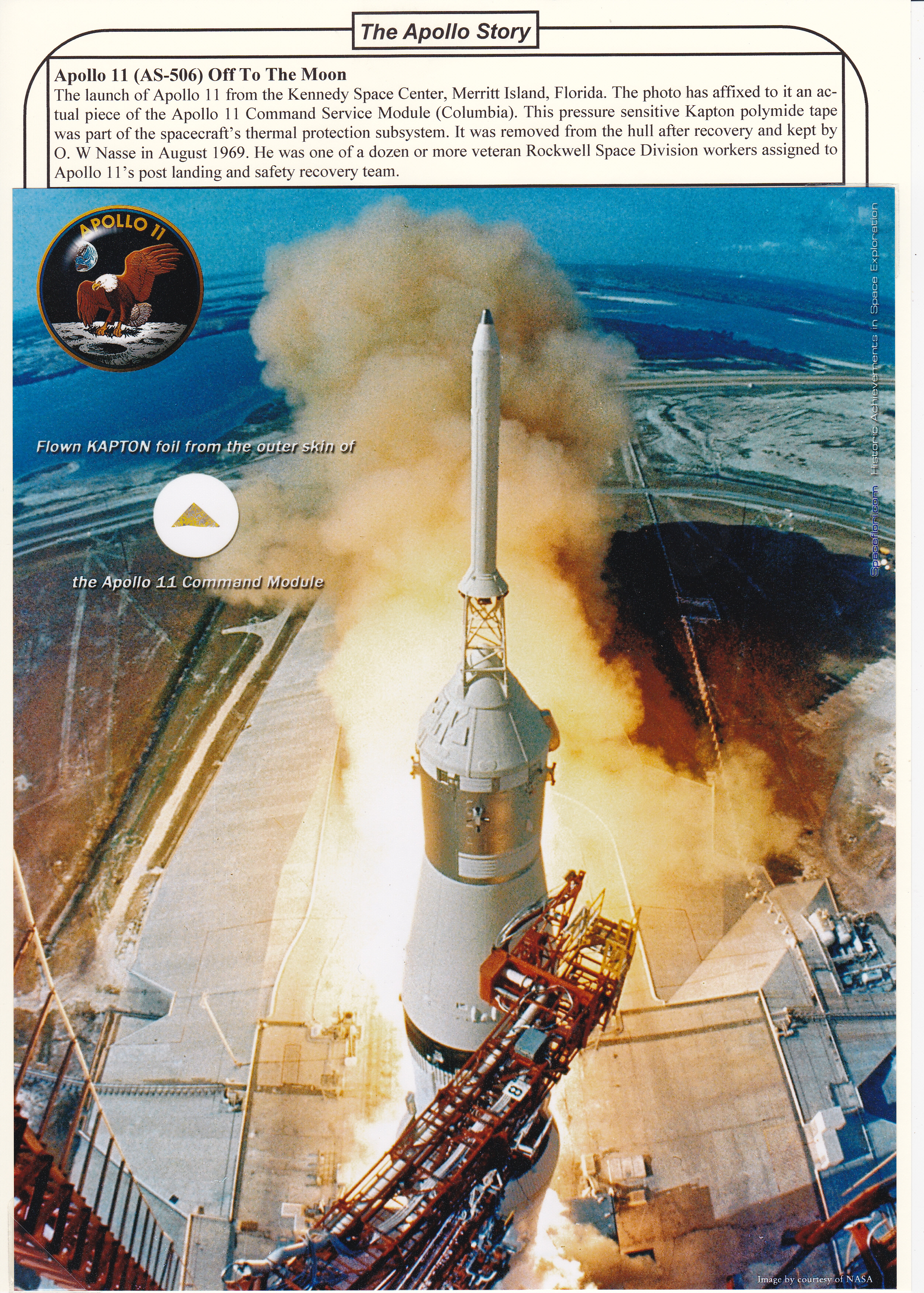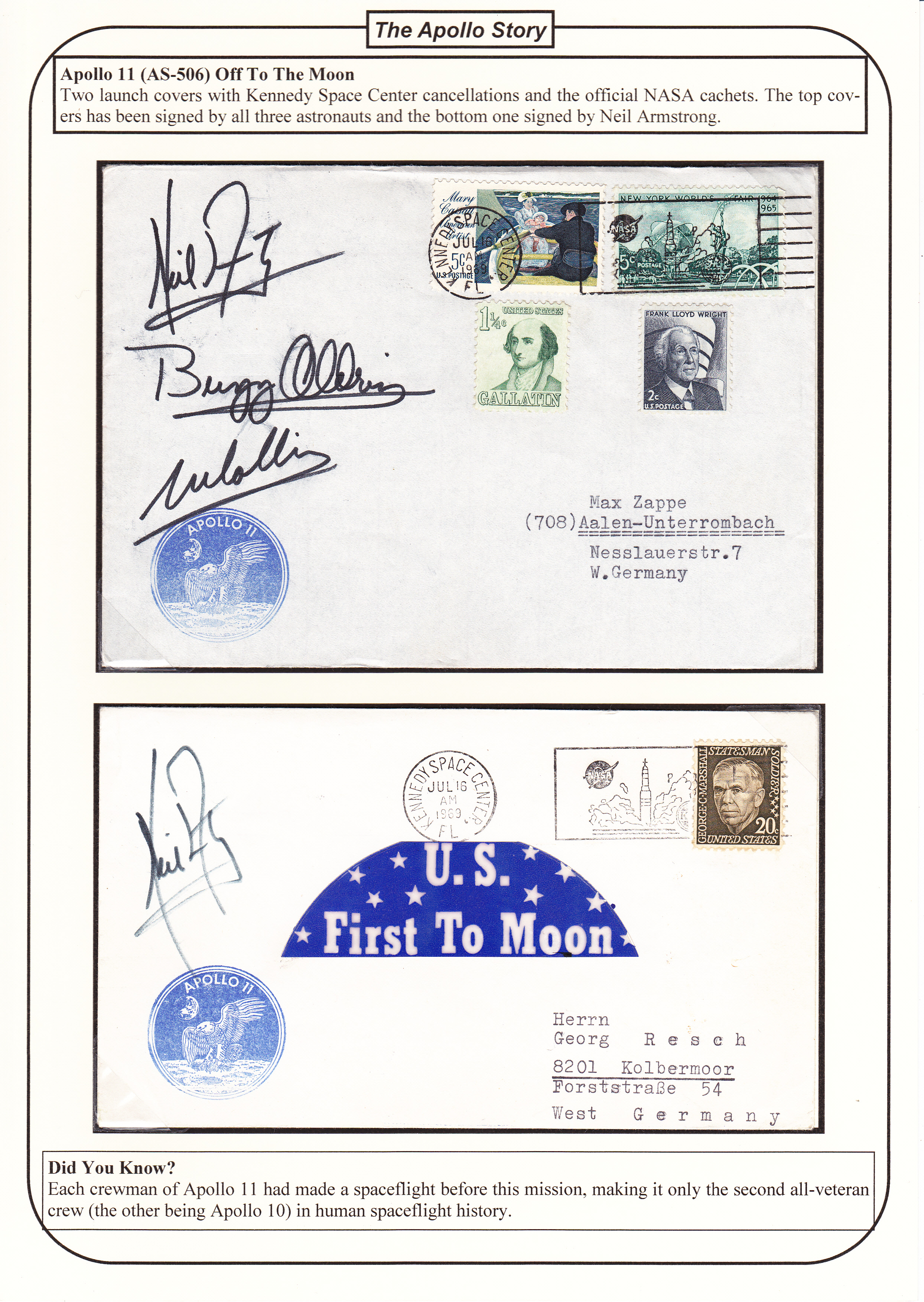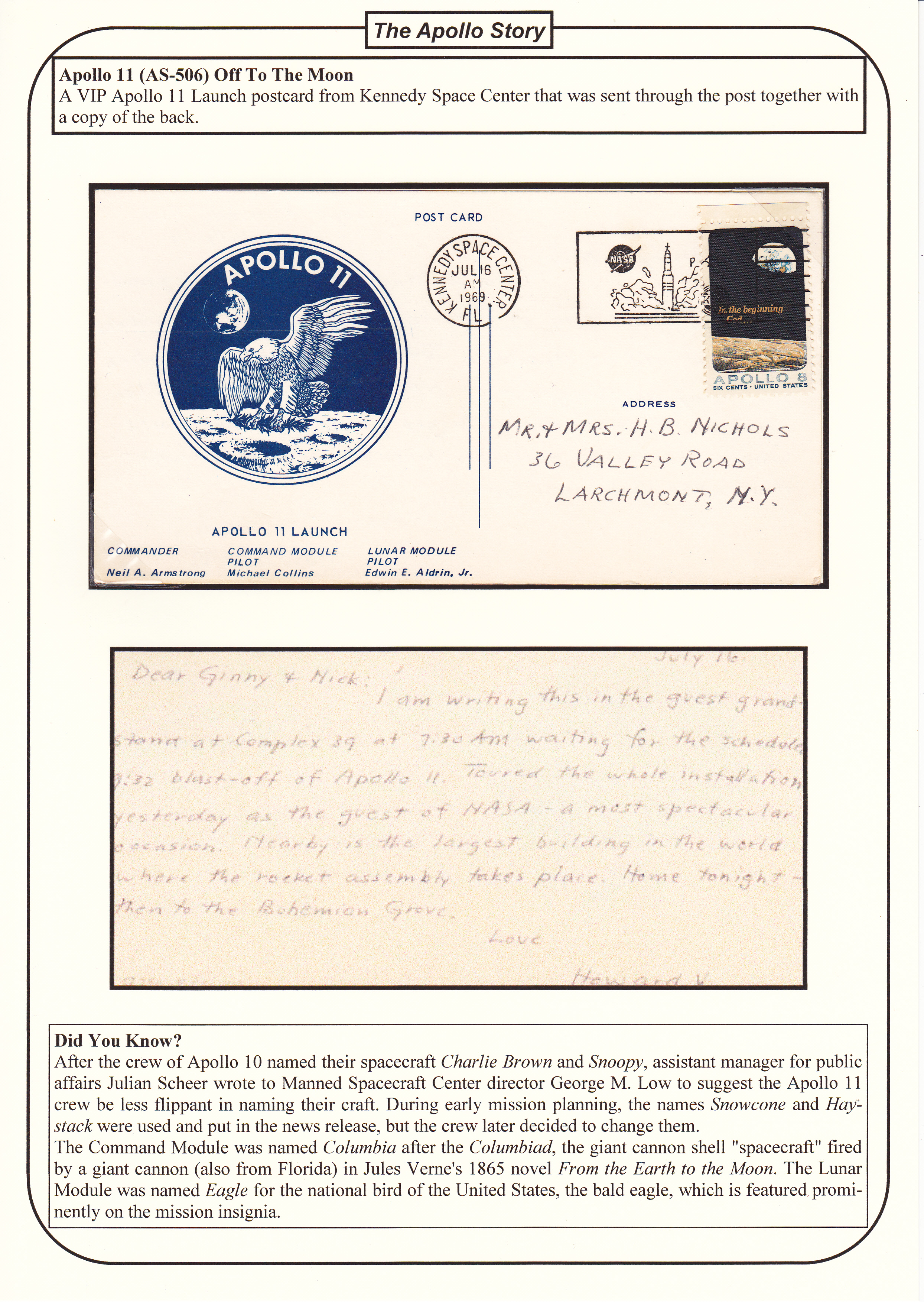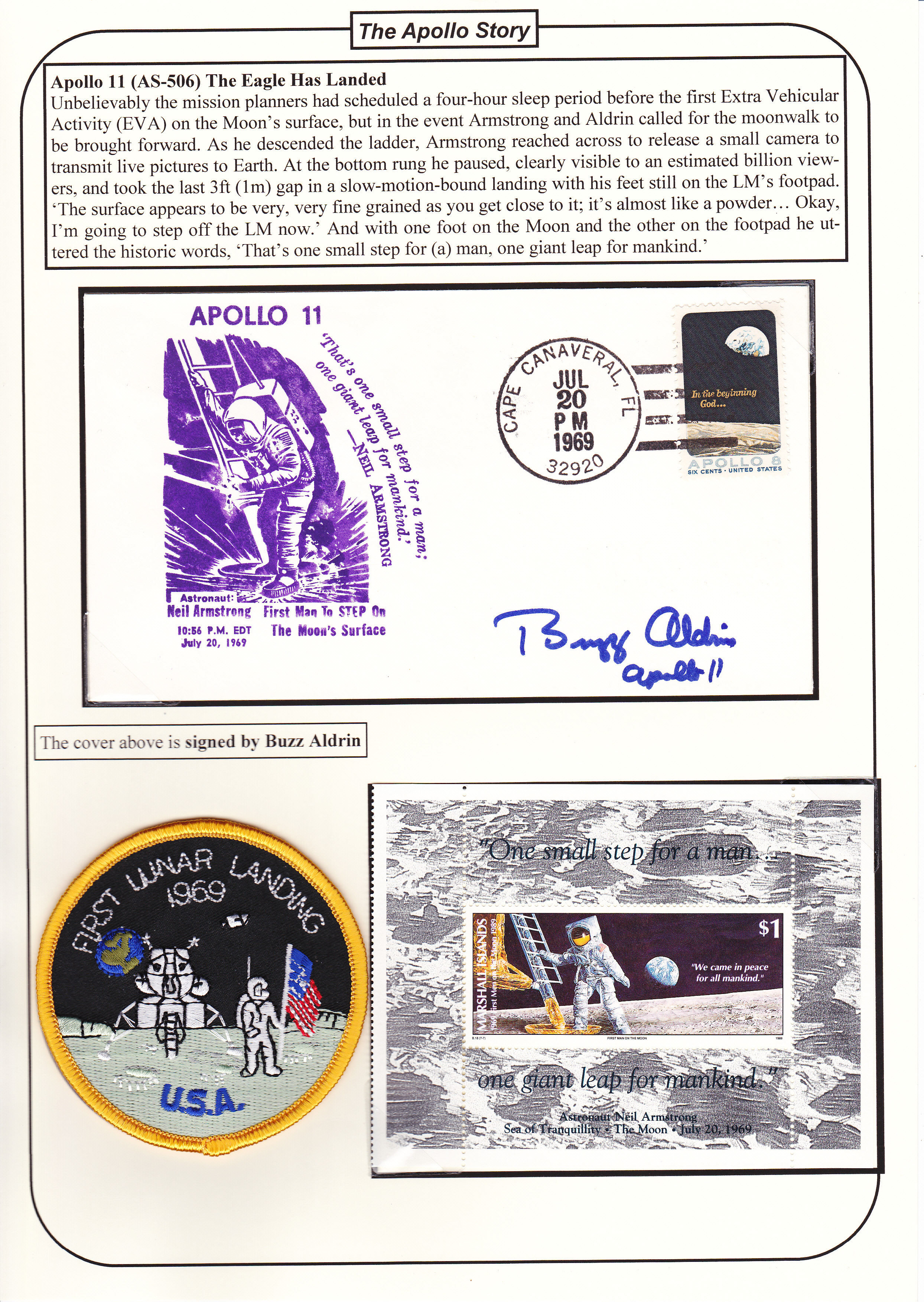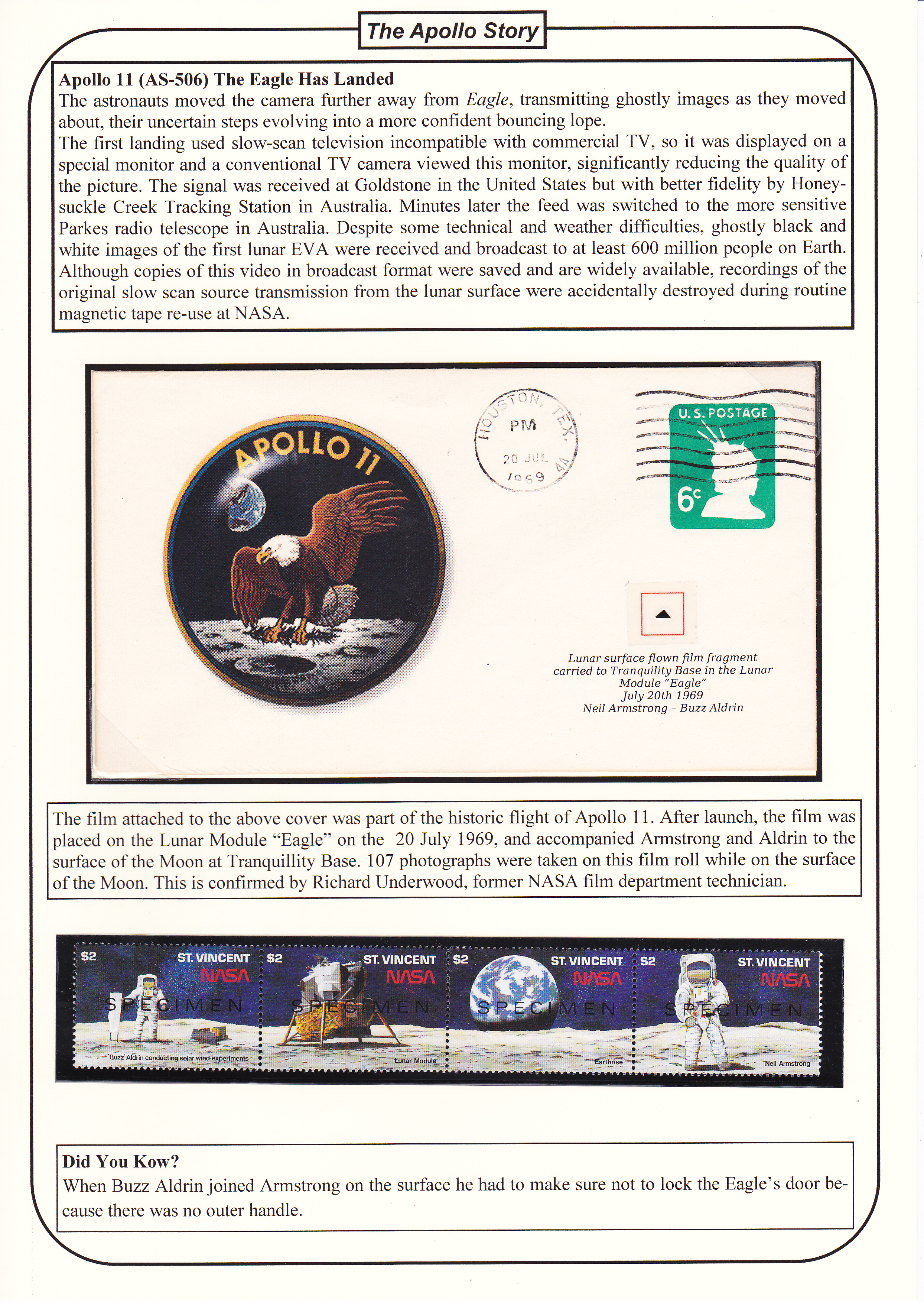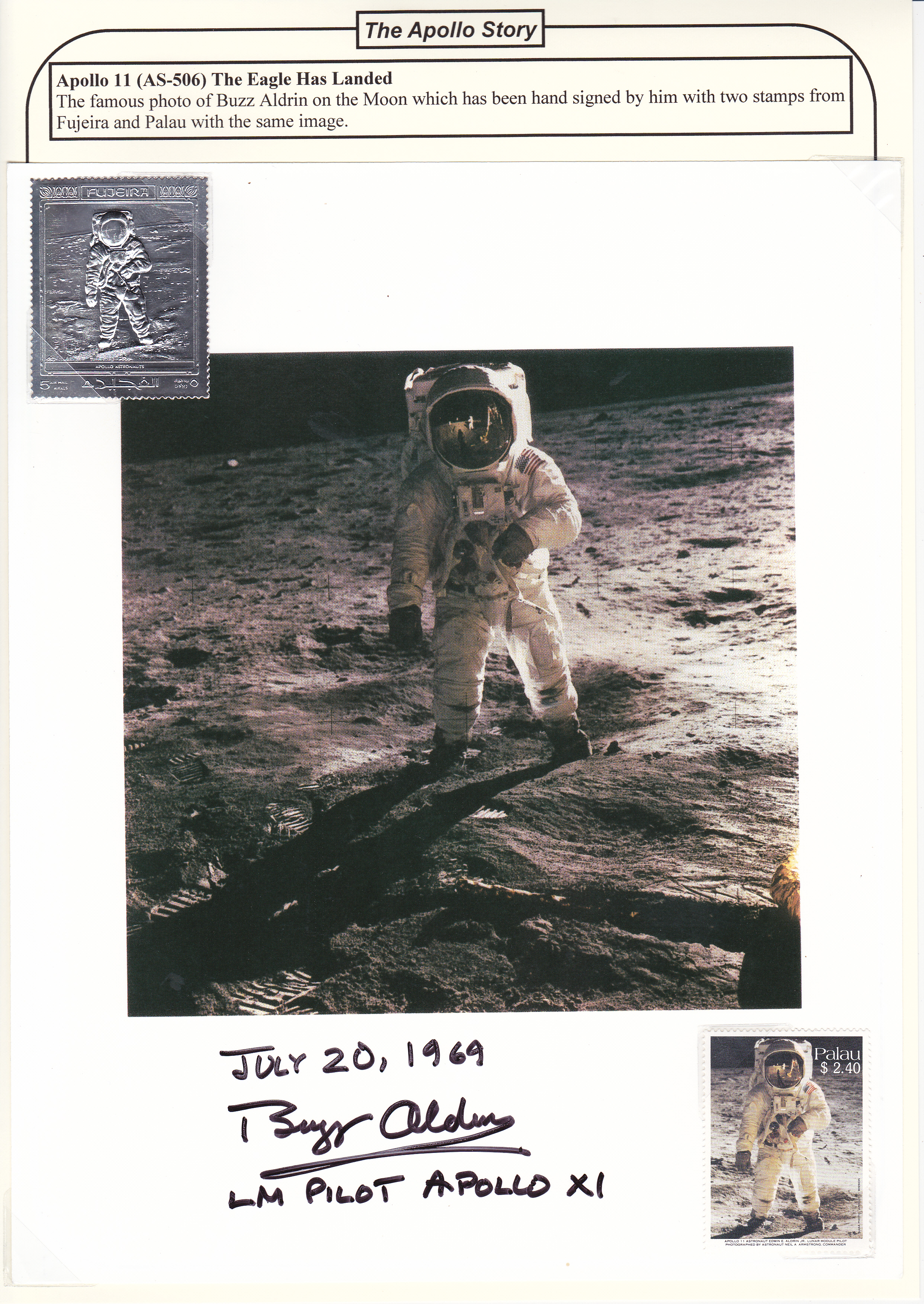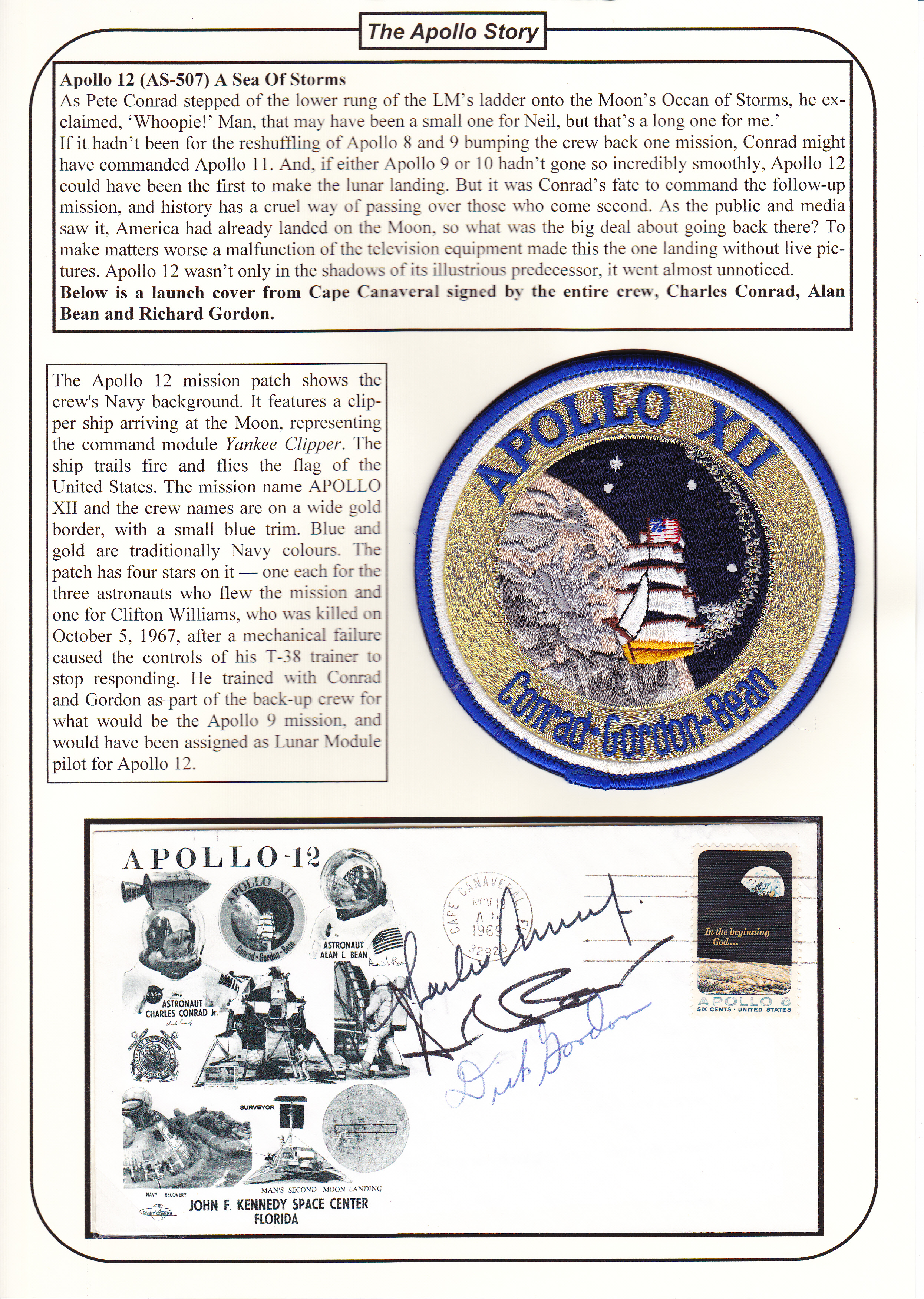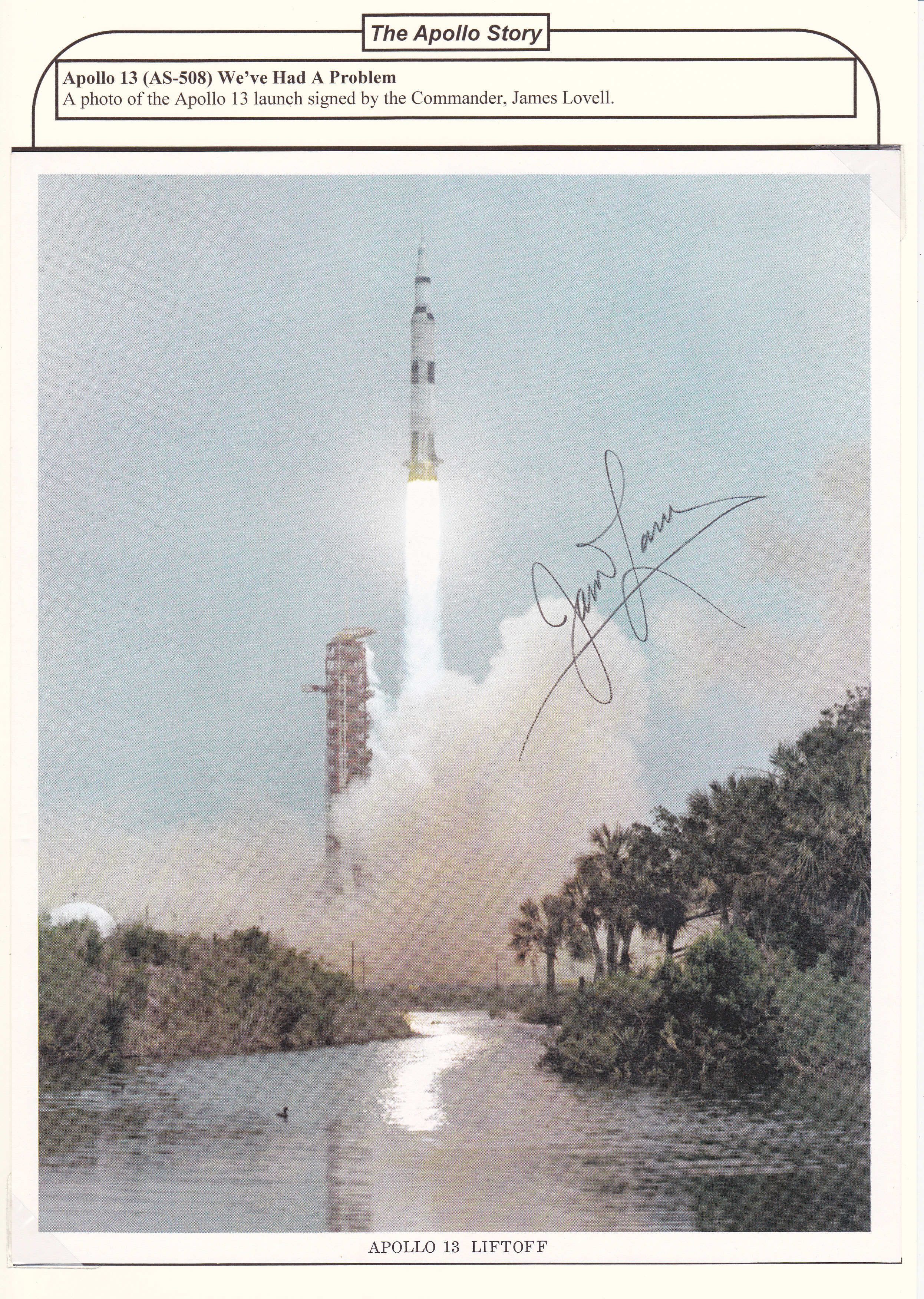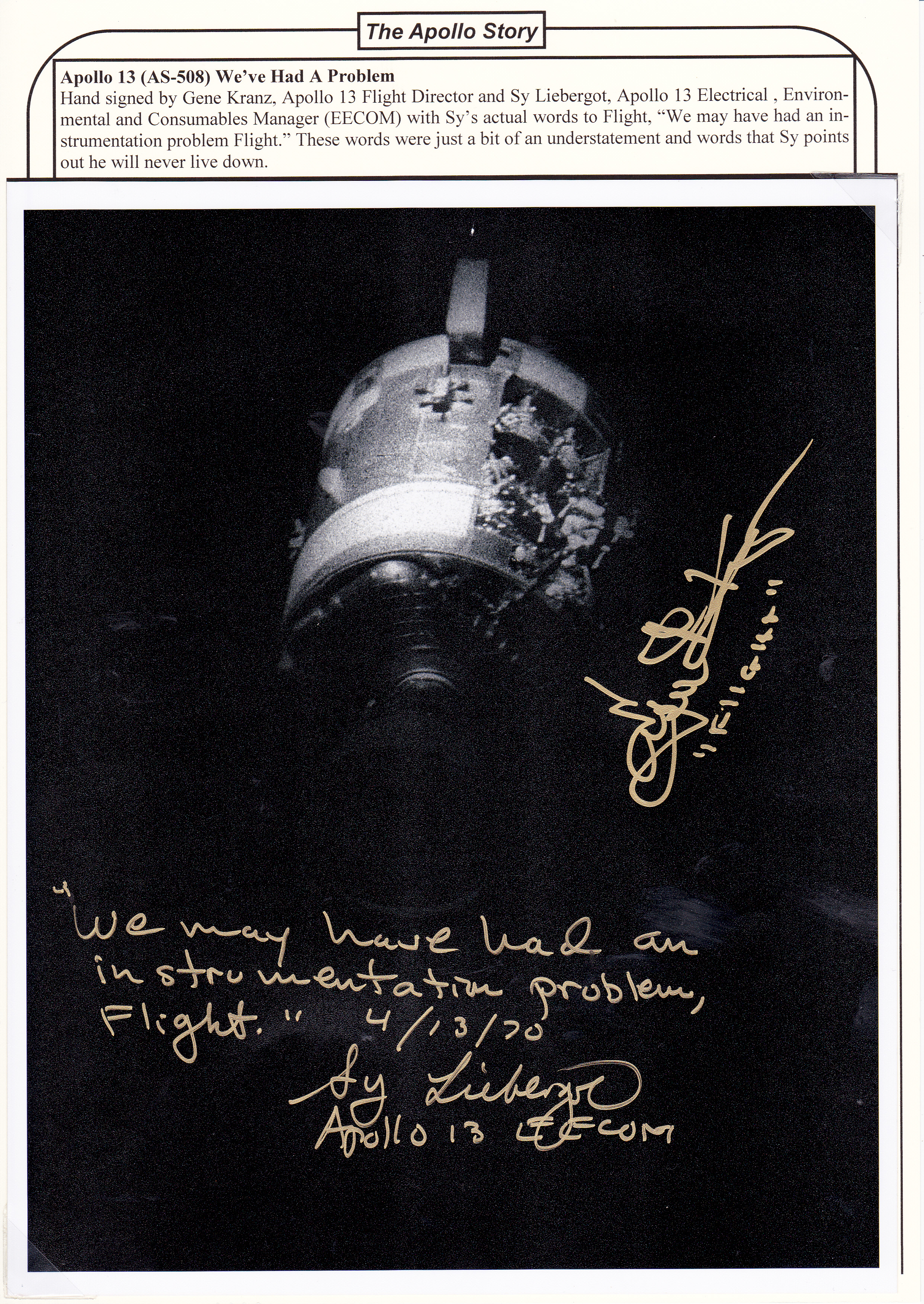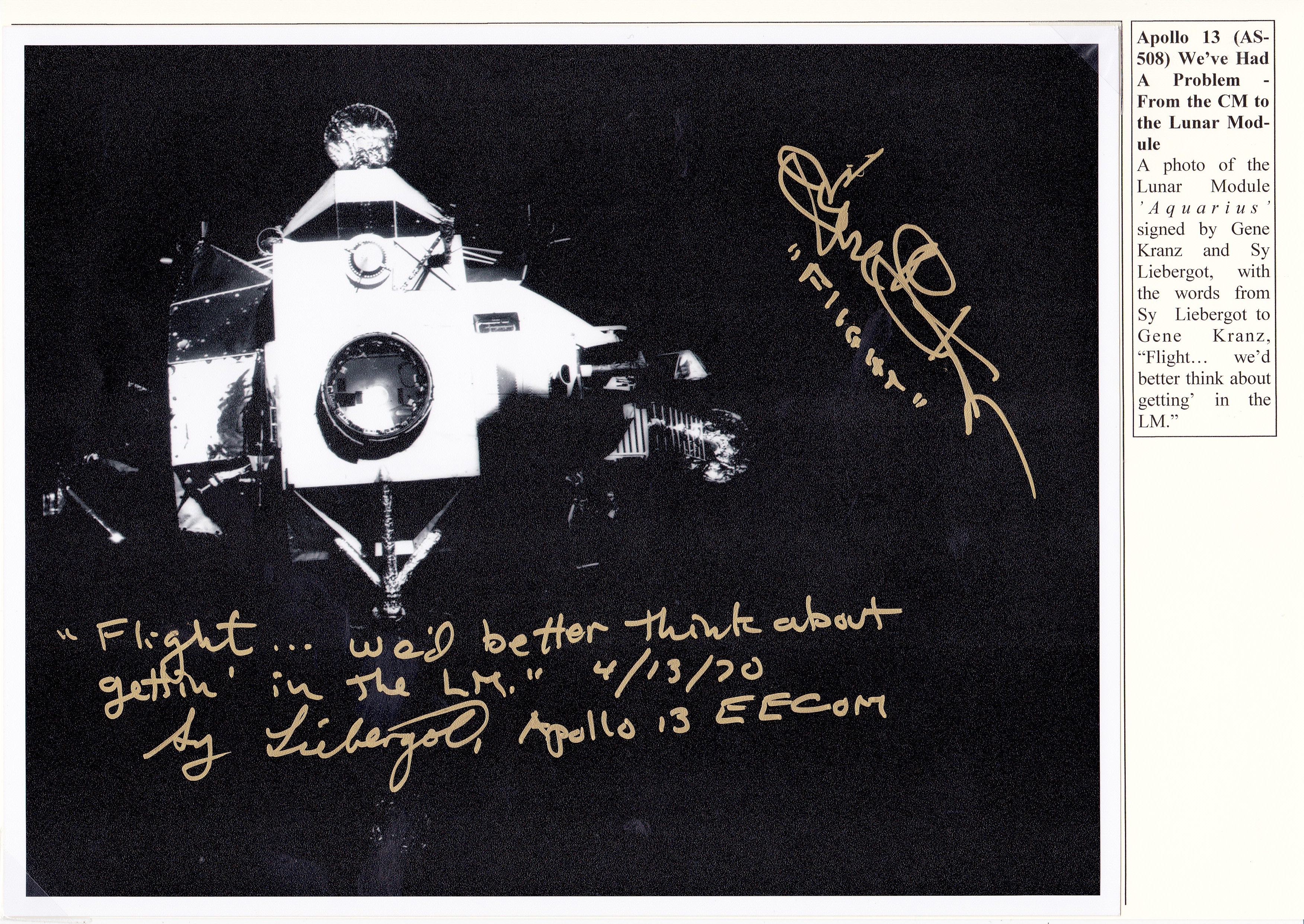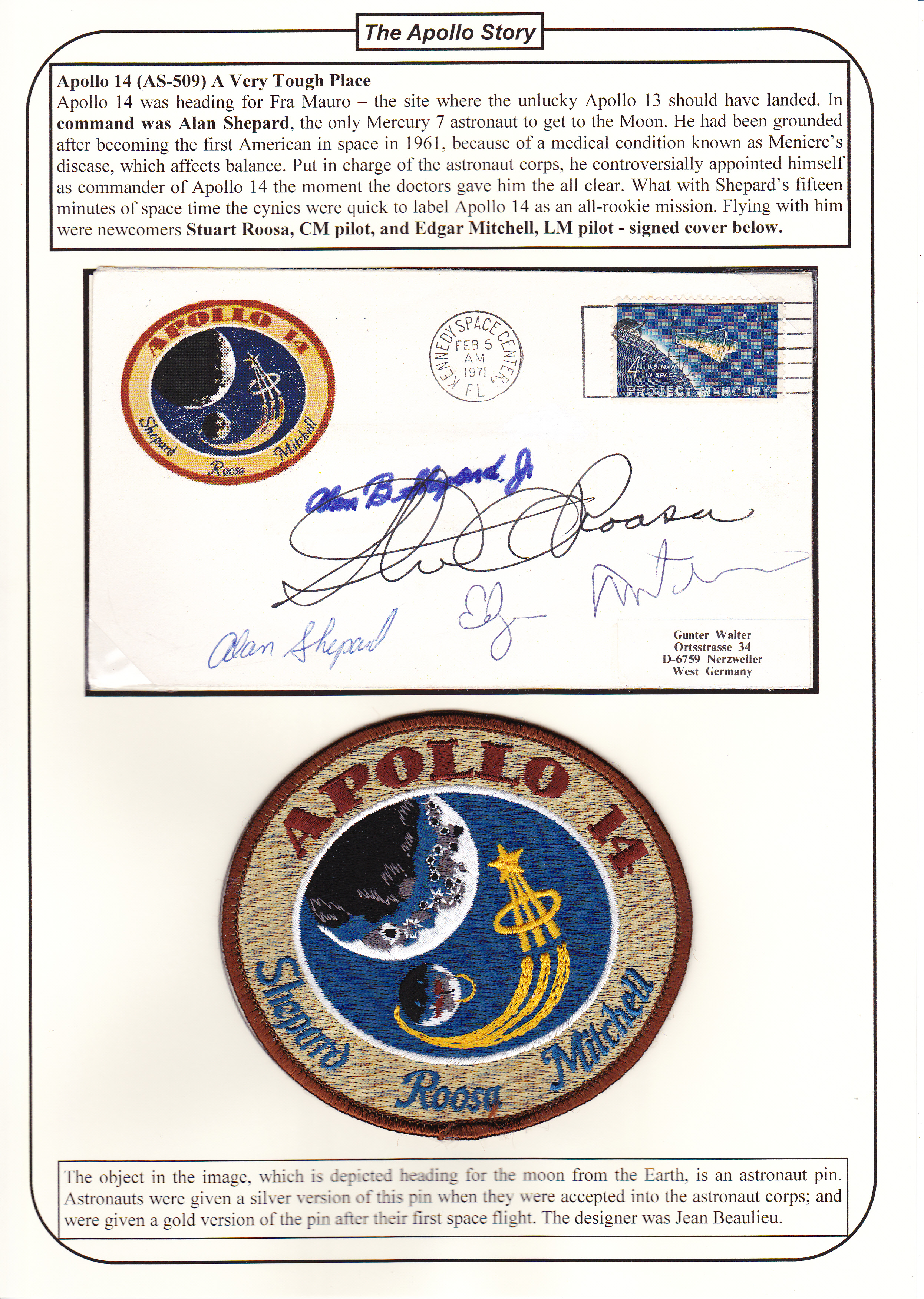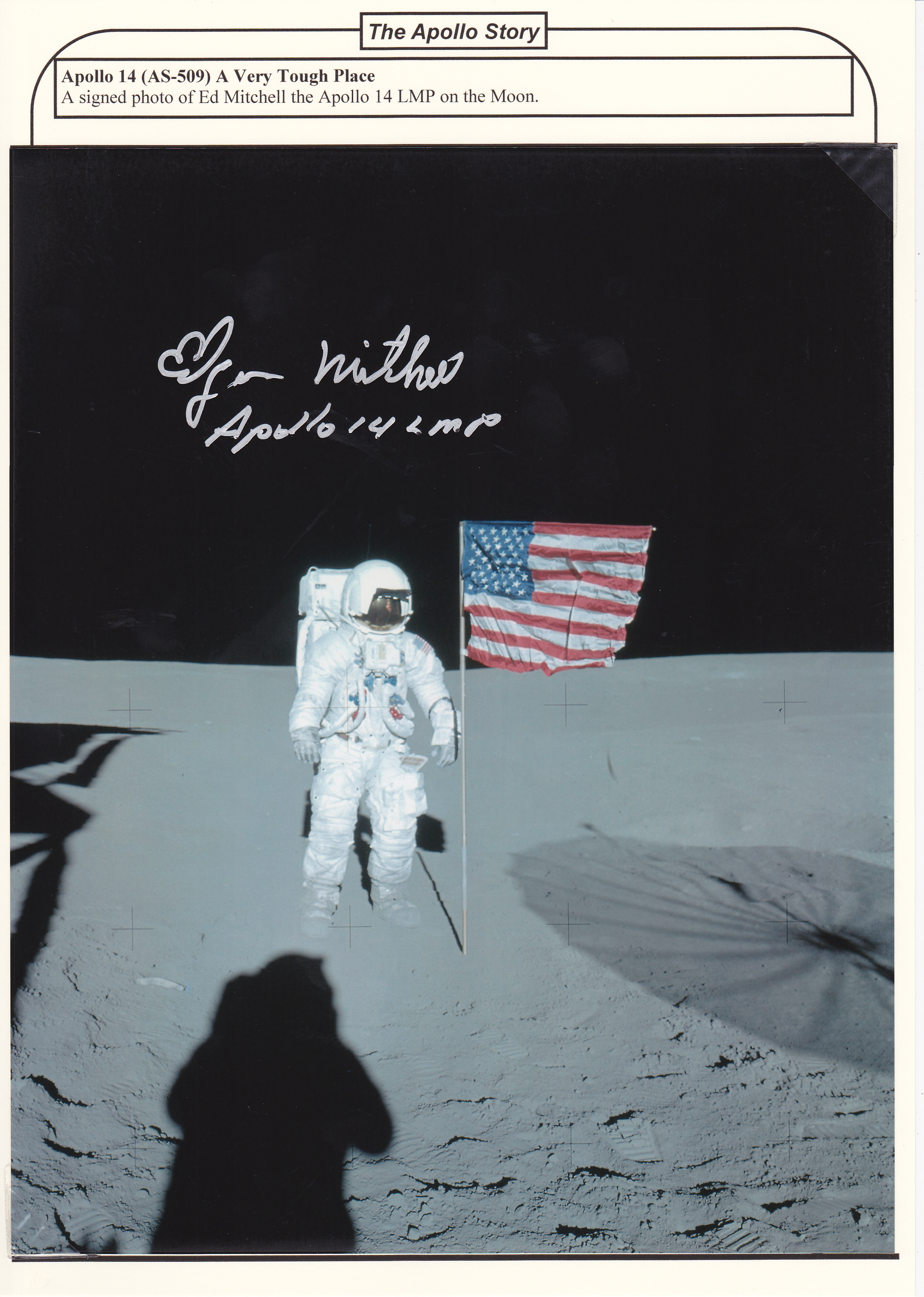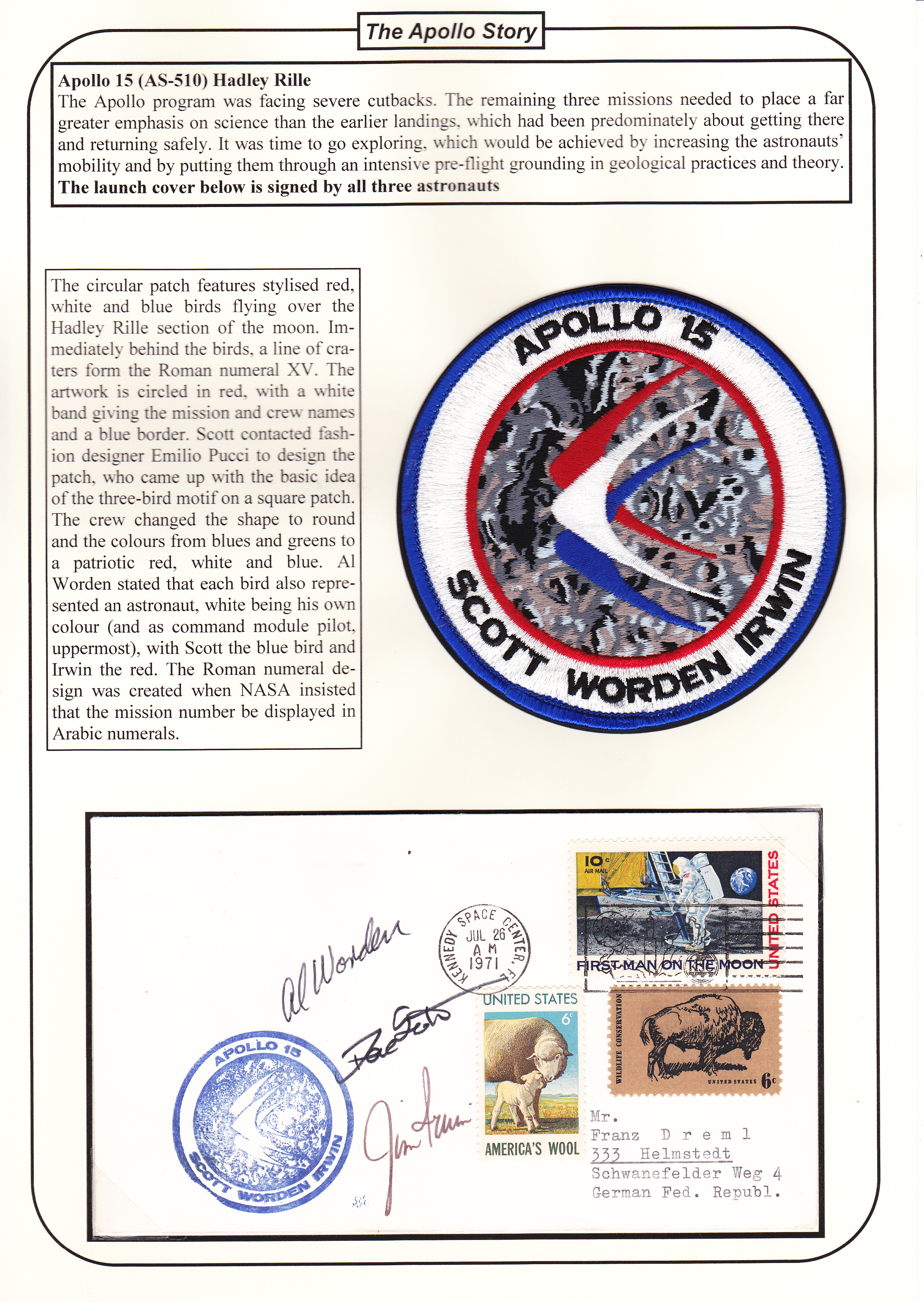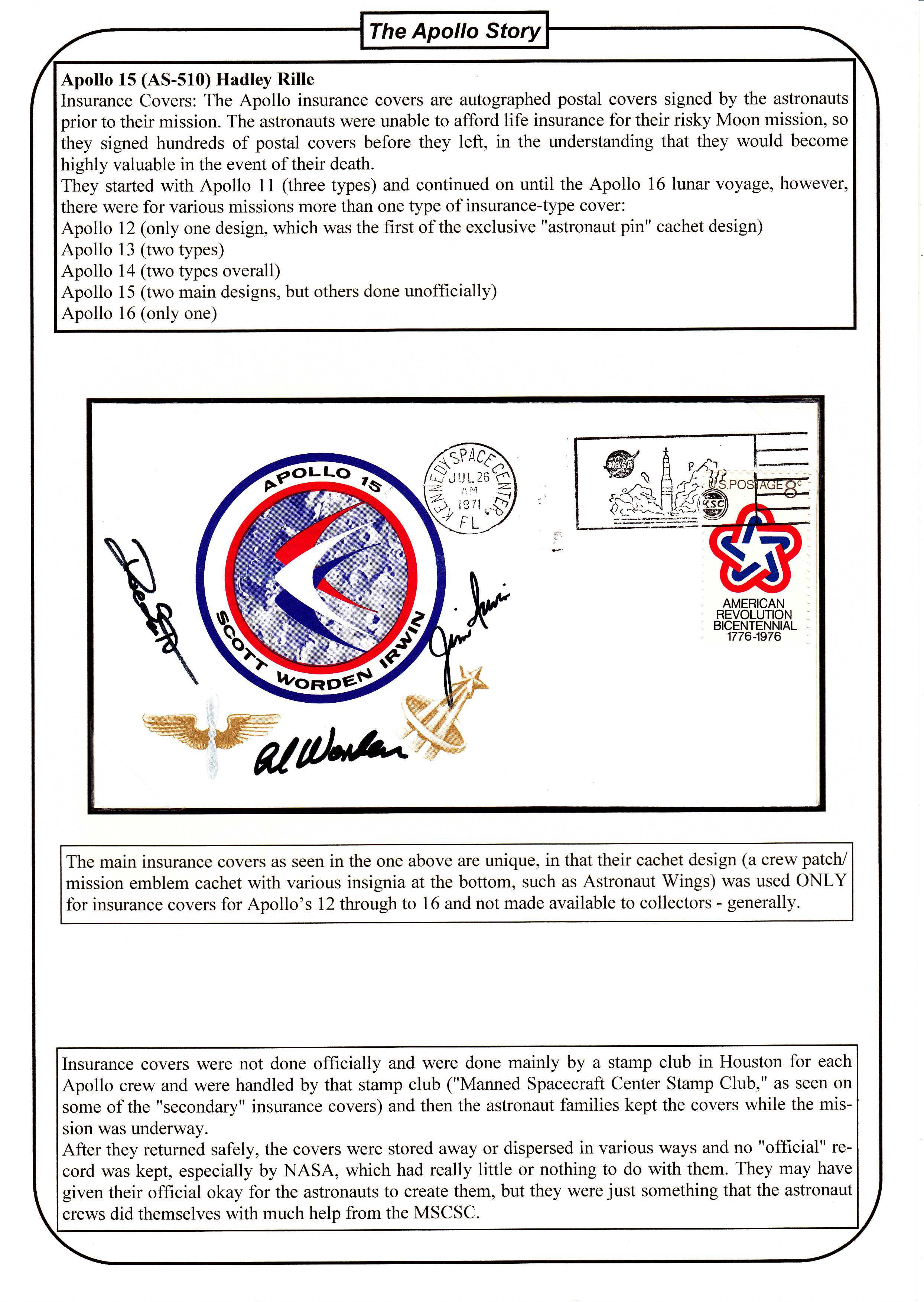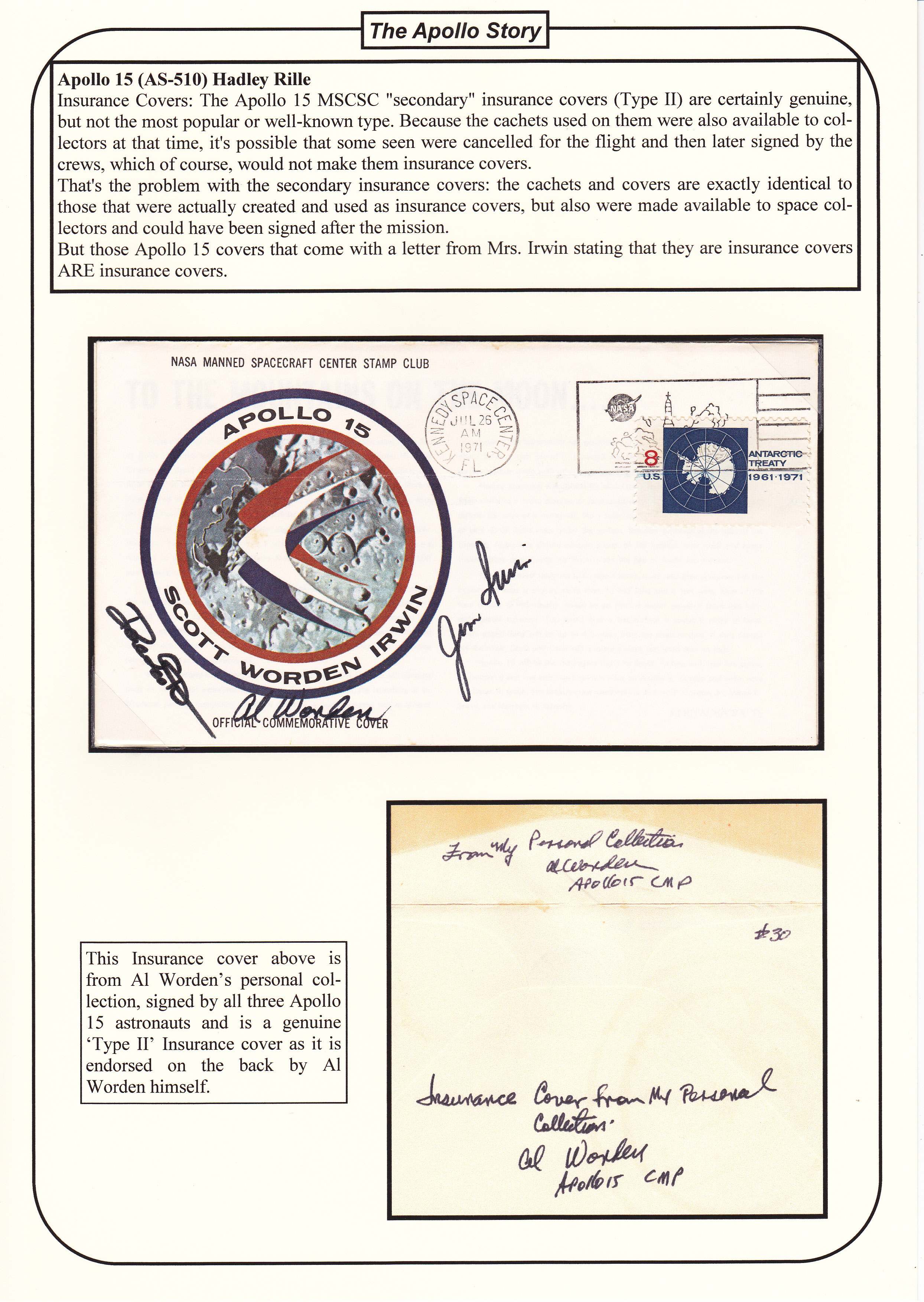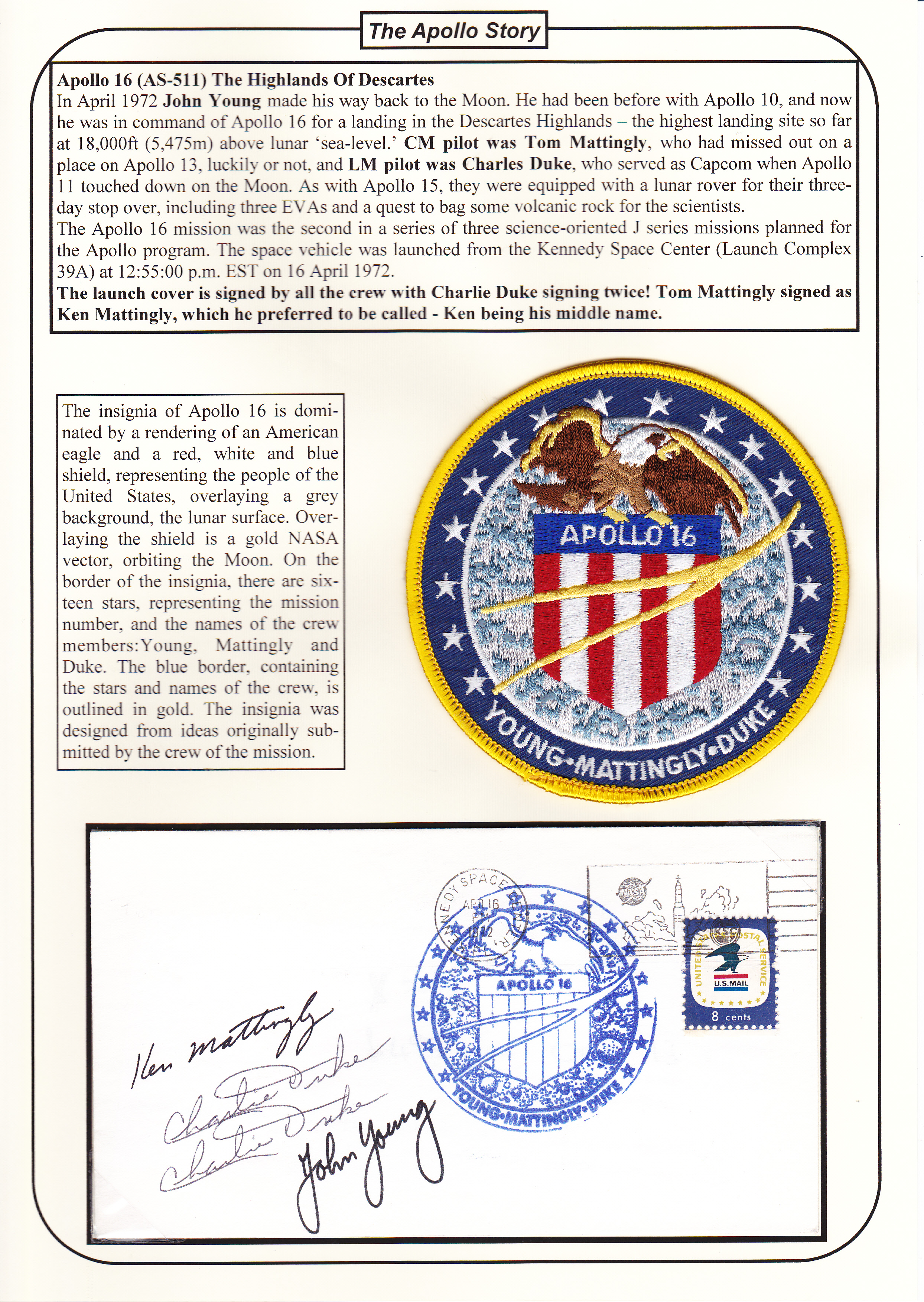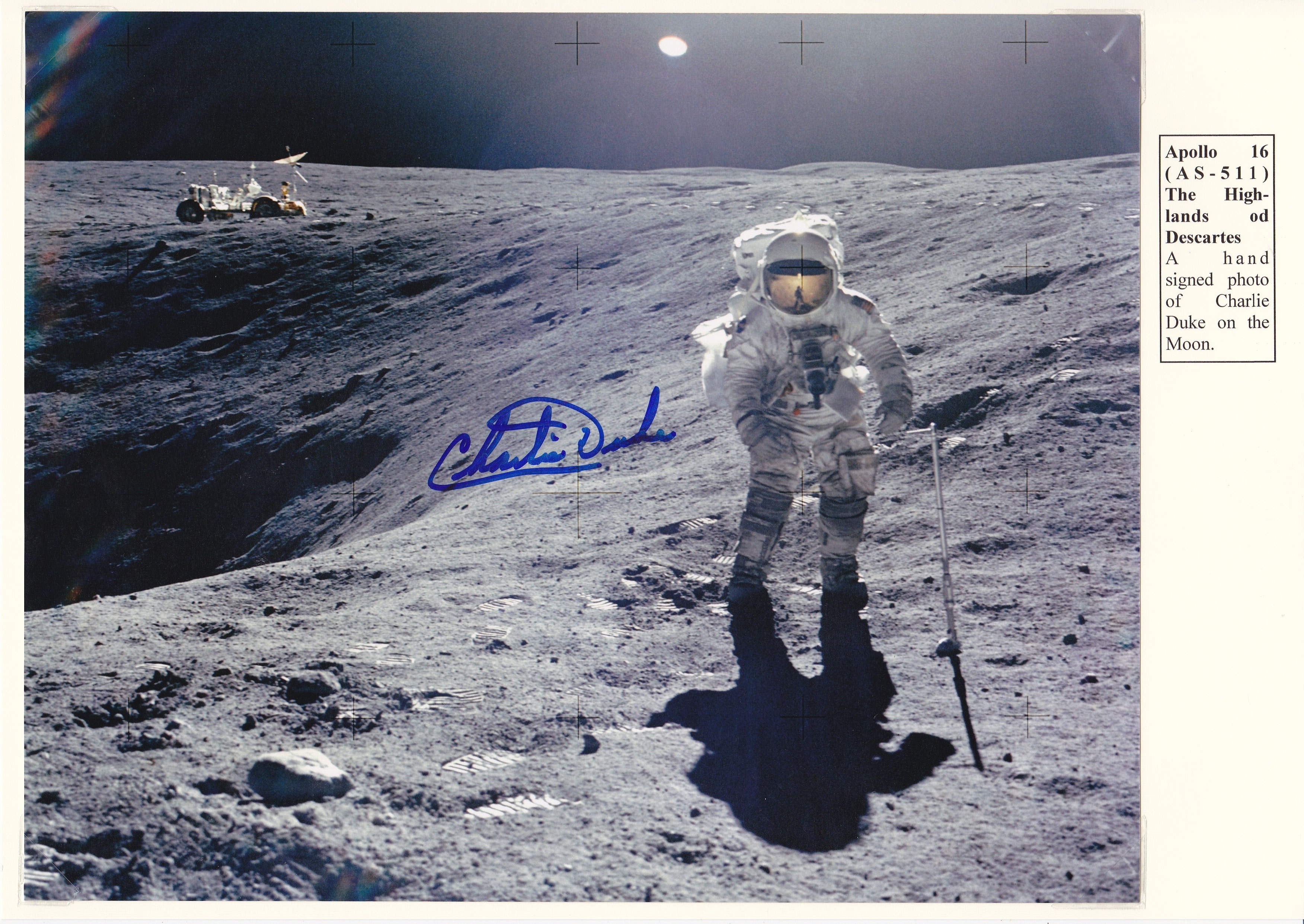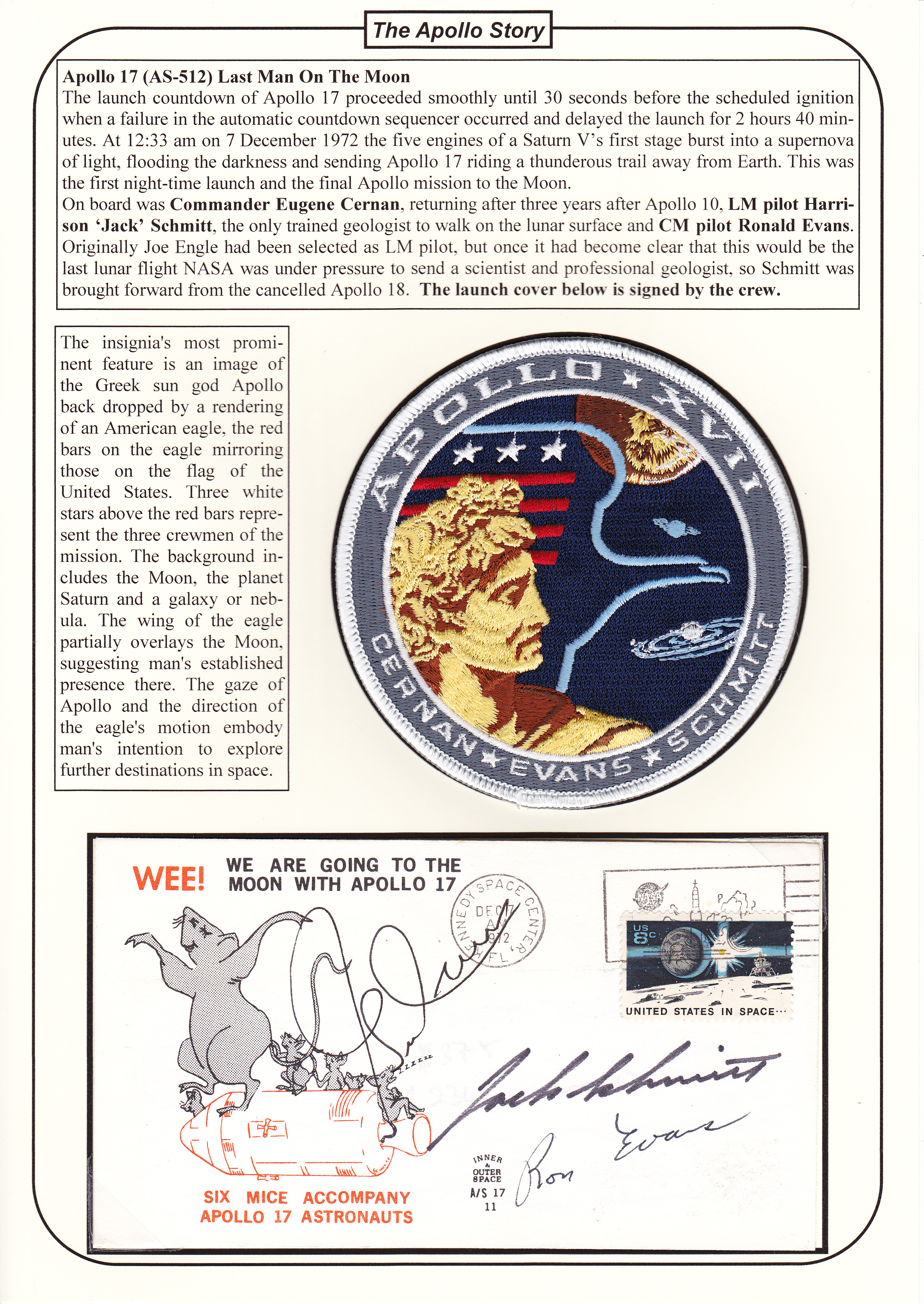On the afternoon of 24 February 2015, 64 members were treated to an eclectic and enthralling display from our Secretary, Barry Feltham. Using the most up to date presentation skills, including videos, audio, scans, etc., all embedded into a breath-taking PowerPoint presentation and accompanied by some 200 sheets of outstanding philatelic material in the display frames, Barry delighted us with the, perhaps now half forgotten, story of the USAs space quest to land a man on the moon during the decade of the 1960’s. Click on a picture above to see part of the display.
Members arriving for the afternoon meeting were greeted with a video introduction of the forthcoming show. A great idea that really set the scene for the story that unfolded under Barry’s skilful and entertaining commentary.
And so, once everybody was seated and the meeting’s prelimery business dealt with, the show began…
Through the medium of an old newsreel video, the presentation began with President John F Kennedy's speech proposing, in an address to Congress on May 25 1961, his goal of "landing a man on the Moon and returning him safely to the Earth" by the end of the 1960s. At the time this was a preposterous statement as none of the technical details had been thought of let alone tested!
But… the race was on!
Named Apollo, the program ran from 1961 to 1972, and was supported by the two-man Gemini program which ran concurrently with it from 1962 to 1966. Gemini missions developed some of the space travel techniques that were necessary for the success of the Apollo missions and Apollo used the huge Saturn V rocket as a launch vehicle.
Through dramatic and sometime quite poignant footage and commentary, we were transported through ten space missions, including the tragic 1967 Apollo 1 cabin fire that killed the entire crew during a pre-launch test. Despite this setback, Apollo 11, finally succeeded in achieving its goal of a manned lunar landing when astronauts Neil Armstrong and Buzz Aldrin landed their lunar module, Eagle on July 20 1969, and walked on the lunar surface, with Armstrong declaring the now famous statement, “One small step for man; One giant leap for mankind."
After the first landing, there was sufficient flight hardware for nine follow-up landings with an ambitious plan for extended lunar exploration. However, budget cuts and a lack of interest from the American population forced the cancellation of three of these and the programme finished with Apollo 17.
As mentioned above, the PowerPoint presentation was accompanied by 200+ beautifully annotated sheets containing outstanding philatelic material, autographs, photographs, drawings, etc many were of world-class quality and rarity. A fantastic collection in its own right, but coupled with the PowerPoint presentation and delivery from Barry, it was one of the most outstanding philatelic displays I have ever witnessed. A wonderful afternoon, a true delight!
C.A Earle FRPSL - Chairman
